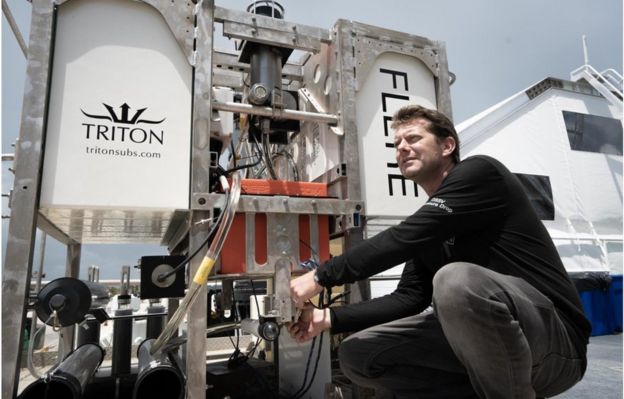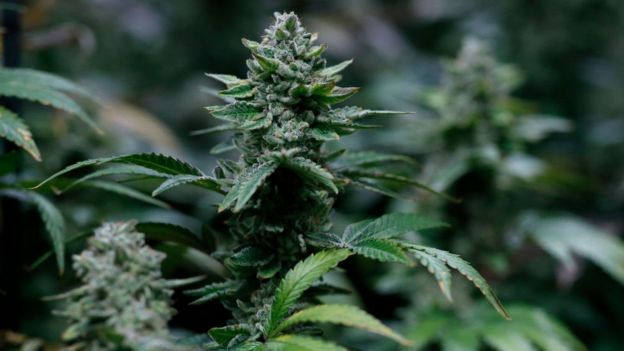Bangladeshi eggplant farmers reap rewards via genetics
The four genetically engineered (Bt) varieties yielded, on average, 19.6% more eggplant - known as brinjal in Bangladesh - than non-Bt varieties and earned growers 21.7% higher revenue, according to the study, published May 25 in Frontiers in Bioengineering and Biotechnology.
The additional revenue per hectare (1 hectare is approximately 2 ½ acres) is the equivalent of around $664, a substantial sum for resource-poor farmers in Bangladesh.
The paper is the first to document the economic benefits of the four existing Bt brinjal varieties though the Bangladeshi market chain and their acceptability to farmers and consumers, said lead author Tony Shelton, professor of entomology and former director for the Feed the Future South Asia Eggplant Improvement Partnership based in Cornell's Department of Global Development. The study was based on a 2019 survey of Bt and non-Bt brinjal farmers.
Bt brinjal was developed by the Bangladesh Agricultural Research Institute (BARI) in conjunction with Mahyco (an India-based agricultural company), Cornell and the U.S. Agency for International Development, in an effort to stop the losses caused by eggplant fruit and shoot borer (EFSB) larvae caterpillars, and reduce pesticide use.
"The EFSB causes between 30% and 60% yield loss, even when insecticides are frequently sprayed," Shelton said. "Farmers typically apply insecticides more than 80 times during the four- to five-month brinjal growing season, a process that is both expensive and harmful to farmers, who spray without protective equipment."
Of Bt brinjal growers, 83% were satisfied with the yields obtained and 80% were satisfied with the quality of the plant; 59% of non-Bt brinjal growers were pleased with their yields. Some 28% of the non-Bt farmers also indicated that a large portion of their fruit was infested with EFSB larvae. This was not a concern for Bt brinjal, because it provides genetically inherent resistance.
"Bt brinjal varieties provide farmers a more sustainable crop that protects food security and the environment," said Maricelis Acevedo, director of the project since March 2020. "This study provides more evidence that Bt brinjal is being accepted in the market, but more work is needed to develop new varieties better adapted to local conditions and market preferences."
Because of the higher yields, increased revenue and fruit quality, about three-quarters of Bt brinjal farmers said they planned to grow the crop again next season. Brinjal is the second-most important vegetable grown in Bangladesh, cultivated by about 150,000 resource-poor farmers on 50,955 hectares, and consumed by the public on a daily basis.
The survey was conducted in the five most important brinjal producing districts in Bangladesh - Rangpur, Bogra, Rajshahi, Jessore and Tangail - through face-to-face interviews with 195 Bt farmers and 196 non-Bt farmers. Farmers made their own choices about which crop to grow.
###
Other authors include Sayed H. Sarwer and Md J. Hossain of the Feed the Future South Asia Eggplant Improvement Partnership; Graham Brooks of PG Economics, Stafford House, in the U.K.; and Vijay Paranjape of Sathguru Management Consultants Pvt. Ltd. in Hyderabad, India.










 GETTY IMAGES
GETTY IMAGES





